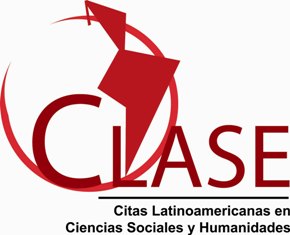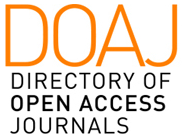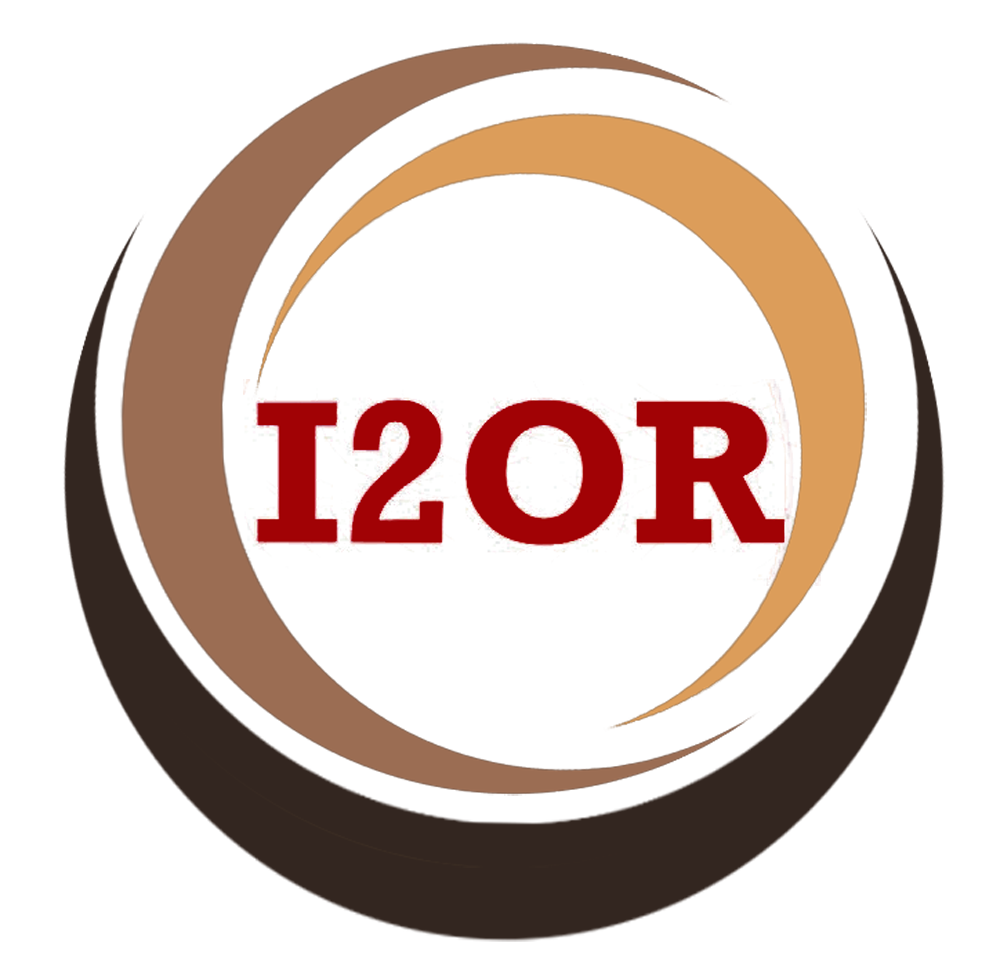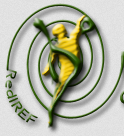O esporte na antiga Iugoslávia – parte 2 (Revisão)
Palabras clave:
esportes; treino; rendimento esportivo; olimpíadaResumen
Resumo
A antiga escola socialista do treinamento esportivo foi vitoriosa nos Jogos Olímpicos. O Estado comandava o esporte e a preparação do atleta era padronizada da iniciação até o alto rendimento. O objetivo da revisão foi descrever como era o esporte da antiga Iugoslávia. O desenvolvimento inicial do esporte por essa nação começou principalmente pelo movimento do Sokol, mas a partir de 1945 após o conflito da 2ª Guerra Mundial o governo iugoslavo adotou o termo cultura física usado na União Soviética, então o esporte passou a ser oferecido para toda a população de maneira gratuita com o intuito de formar muitos atletas olímpicos. A Iugoslávia ganhou 90 medalhas nos Jogos Olímpicos (28 de ouro, 31 de prata e 31 de bronze). A Iugoslávia teve sucesso esportivo nos jogos esportivos coletivos tradicionais (basquetebol, handebol, futebol, voleibol e polo aquático) e em algumas modalidades individuais (luta, ginástica artística e boxe). Em conclusão, o esporte iugoslavo teve êxito com um trabalho de longo prazo baseado no modelo soviético de preparação esportiva.
Descargas
Referencias
Becic, I., Antic, D. (2015). More than a game-football matches between Yugoslavia and Bulgaria 1937-1939. Facta Universitatis, 13(1), 149-160.
Bizzocchi, C. (2004). O voleibol de alto nível. 2ª ed. Barueri: Manole.
Bompa, T. (2002). Periodização: teoria e metodologia do treinamento. 4ª ed. São Paulo: Phorte.
Borisov, T. (2014). Football in Romain, Yugoslavia and Bulgaria during Stalinism (1944-1953). Hiperboreea. Journal of History, 1(1), 111-127.
Bratusa, Z. (2021). The decade of Serbian water polo. Physical Culture, 75(1), 1-13.
Brentin, D. (2013). A lofty battle for the nation: the social roles of sport in Tudjman`s Croatia. Sport in Society, 16(8), 993-1008.
Brentin, D. (2019). The politics of football in Yugoslavia: sport, nationalism and the state. Southeast European and Black Sea Studies, - (–), 1-3.
Brentin, D., e Zec, D. (2017). From concept of the communist ´new man` to nationalist hooliganism: research perspective on sport in socialism Yugoslavia. International Journal of the History of Sport, 34(9), 713-728.
Cervin, G., Nicolas, C., Dufraisse, S., Bohuon, A., e Quin, G. (2017). Gymnastics centre of gravity: the Fédération Internationale de Gymnastique, its governance and the cold war, 1956-1976. Sport in History, 37(3), 309-331.
COI (2020). Summer sports. Available in https://www.olympic.org/olympic-games.
Constantin, P., e Maier, V. (2015). Sport and physical education in communist factories: from the Soviet Union to Romania. RJHIS, 2(2), 217-232.
Cotrim, E. (2021). Futebol e identidade na guerra civil iugoslava. Epígrafe, 10(2), 60-88.
Donev, Y., e Aleksandrovic, M. (2008). History of rule changes in water polo. Sport Science, 1(2), 16-22.
Dordevic, I. (2019). Politics on the football field. Em. M. Martynova, I. Basic (Eds.). Prospects for antropological research in south-east Europe (p. 153-177). Belgrade: El SASA.
Flere, S., e Klanjsek, R. (2014). Was Tito`s Yugoslavia totalitarian? Communist and Post-Communist Studies, 47(–), 237-245.
Grgic, S. (2021). Italy and Yugoslavia on the football pitch 1925-1939. Qualestoria, -(1), 207-224.
Guimarães, G., e Matta, P. (2004). Uma história comentada da transformação do voleibol: do jogo ao desporto espetáculo. Revista da Educação Física, -(128), 79-88.
Hrstic, I., Parasovic, B., e Mustapic, M. (2020). The Yugoslav secret service and Croatian football supporter group. International Journal of the History of Sport, 37(15), 1588-1607.
Iturriaga, F. (2000). Modelo de evaluación táctica em deportes de oposición com colaboración. Estudio práxico del waterpolo. (Doctor en Educación Física). Universitat de Valencia, España.
Kajtezovic, A. (2015). The disintegration of Yugoslavia and football. (Thesis, Master of Arts). University of Northern Iowa.
Klasic, H. The (2016). Tito-Stalin football war. Rodavi-Zavad za hrvatsku provijest, 48(–), 387-404.
Kotnik, V. (2009). Sport and nation in anthropological perspective: Slovenia as land of skiing nationhood. Antropologija, 7(-), 53-66.
Kozon, M. (2019). The politics of football in Yugoslavia: sport, nationalism and the state by Richard Mills. Journal of Sport History, 46(1), 123-124.
Lesar, J. (1986). Sport physical education and fitness in Yugoslavia. (Masters of Science in Physical Education). University of Montana.
Marques Junior, N. (2017). A revolução russa e o desenvolvimento da periodização esportiva na União Soviética. Revista Inclusiones, 4(especial), 110-127.
Marques Junior, N. (2019). Benefícios da revolução russa. Germinal: Marxismo e Educação em Debate, 11(1), 210-221.
Marques Junior, N. (2021). O esporte na antiga Iugoslávia – parte 1. Revista Edu-Fisica.com: Ciencias Aplicadas al Deporte, 13(27), 80-100.
Marques Junior, N. (2022a). Esporte da Polônia da “cortina de ferro”. Revista de Investigación Cuerpo, Cultura y Movimiento, 12(1), 1-26.
Marques Junior, N. (2022b). O esporte na antiga União Soviética – parte 2. Revista Edu-Fisica.com: Ciencias Aplicadas al Deporte, 14(29), 80-101.
Marques Junior, N. (2022c). Escola socialista do treinamento esportivo: a preparação do atleta. Revista Actividad Física y Ciencias, 14(1), 55-75.
Matveev, L. (1996). Comentários modernos sobre a forma desportiva. Revista Treinamento Desportivo, 1(1), 84-91.
Mijatovic, S., e Ilic, V. (2014). Education of physical education teachers in Serbia from 1908 to 2013. Activities in Physical Education and Sport, 4(2), 111-114.
Mijatovic, S., Stevanovic, M., Sijak, V., e Vukasinovic, V. (2015). Contribution of the institute of sports and sports medicine of the republic of Serbia to the development of physical education. Physical Education and Sport Through the Centuries, 2(2), 65-79.
Mijatov, N. (2016). Difficulties in the beginning of the National Institute for Physical Education. International Scientific Conference, Beograd, 10 and 11 of december.
Miljkovic, M. (2017). Blind-alleys on the road to communism: ´Isms` of the automobile sport in socialist Yugoslavia, 1945-1992. International Journal of the History of Sport, 34(9), 815-831.
Mills, R. (2009). It all ended in an unsporting way: Serbian Football and the disintegration of Yugoslavia, 1989-2006. International Journal of the History of Sport, 26(9), 1187-1217.
Mills, R. (2010). Velez Mostar Football Club and the demise of brotherhood and unity in Yugoslavia, 1922-2009. Europe-Asia Studies, 62(7), 1107-1133.
Mills, R. (2017). Laying the foundations of physical culture: the stadium revolution in socialist Yugoslavia. International Journal of the History of Sport, 34(9), 729-752.
Narcizo, M. (2017). Dos campos de futebol para os campos de batalha: uma análise da guerra dos Bálcãs. FuLIA/UFMG, 2 (2), 112-126.
Parks, J., e Zwicker, S. (2020). Revising the sporting map of eastern Europe. International Journal of the History of Sport, 37(15), 1501-1516.
Pavlin, T., e Custonja, Z. (2018). Sokol: between making nation and state. Kinesiology, 50(2), 260-268.
Pavlovic, P., Simovic, S., Grgic, Z., e Pantelic, K. (2010). International basketball activity in the Kingdon of Yugoslavia. Sport Science, 3(2), 95-102.
Pavlovic, P., Simovic, S., Pantelic, K., e Grgic, Z. (2011). Basketball in the territory of former Yugoslavia from 1st of January 1942 until the 9th of May 1945. SportLogia, 7(1), 45-59.
Platonov, V. (2018). Le basi teoriche e metodologiche della selezione sportiva e dell`orientamento nel moderno sport di alto livello. Strength and Conditioning, 7(26), 17-26.
Putnik, V. (2013). Influence of ideology on the architecture of Sokol houses in the kingdom of Yugoslavia. Zbornik Matice Srpske za, - (-), 143-151.
Radojevic, J., Grbovic, M., e Jevtic, B. (2019). Academic study programs and education for the profession of sports, sports coach occupation. Physical Culture, 73(2), 90-106.
Ravé, J., Navarro, F., Fernandes, M., e García, J. (2010). Fundamentos del entrenamiento deportivo. Sevilla: Wanceulen.
Regras do Handebol (1999). Handebol e beach handball. Rio de Janeiro: Sprint.
Riordan, J. (2007). The impact of communism on sport. Historical Social Research, 32(1), 110-115.
Rohdewald, S. (2011). Yugoslavia sport and the challenges of its recent historiography. Journal of Sport History, 38(3), 387-395.
Rose Junior, D. (2003). Campeonato mundial de basquetebol masculino: história em números. Lecturas: Educación Física y Deportes, 9(67), 1-10.
Seco, J. (2007). La evolución del juego de ataque em balonmano. E-Balonmano.com, 3(4), 79-99.
Sigoli, M.; e Rose Junior, D. (2004). A história do uso político do esporte. Revista Brasileira de Ciência e Movimento, 12(2), 111-119.
Slobodan, S., Petar, P., Kristina, P., e Zrinko, G. (2010). Basketball in the territory of former Yugoslavia in 1941. SportLogia, 6(2), 11-25.
Topic, M., e Coakley, J. (2010). Complicating the relationship between sport and national identity: the case of post-socialist Slovenia. Sociology of Sport Journal, 27(-), 371-389.
Tomsová, P. (2021). Slavic swimming championships. Sport i Turystyka. Środkowoeuropejskie Czasopismo Naukowe, 4(1), 33-54.
Tovar, J. (2020). Soccer, world war II and coronavirus: a comparative analysis of how the sport shut down. Soccer and Society, -(–), 1-10.
Troch, P. (2012). Education and Yugoslav nation hood in interwar Yugoslavia. Gent: Univesiteit: Gent.
Truán, J. (2013). Contextualización histórica de la mujer en el tenis. Em. B. Corrales (Coord.). Tenis y mujer: nuevos retos para la práctica (p. 11-36). Barcelona: INDE.
Tubino, M. (1993). Metodologia científica do treinamento desportivo. 11ª ed. São Paulo: Ibrasa.
Verkhoshanski, Y. (1999). The skills of programming the training process. NSA, 14(4), 45-54.
Vesic, I., e Becuh, H. (2021) Contribution of the Yugoslav Sokol organizations to the interwar sphere of music. Journal of the Institute of Musicology, 30(1), 107-131.
Vujanovic, A. (2013). Social choreography: the “black wave” in the yugoslav slet. Vita Performactiva, -(–), 1-10.
Young, J. (2014). Batalla contra las sobreingestas fuera de la cancha: los entrenadores deben ser parte de la solución, no del problema. Review ITF Coaching and Sport Science, 63(22), 3-6.
Zoranic, A. (2020). Modernism in the cases of sports architecture in Yugoslavia. IOP Conference Serie: Materials Science and Engineering, 960(-), 1-10.

































